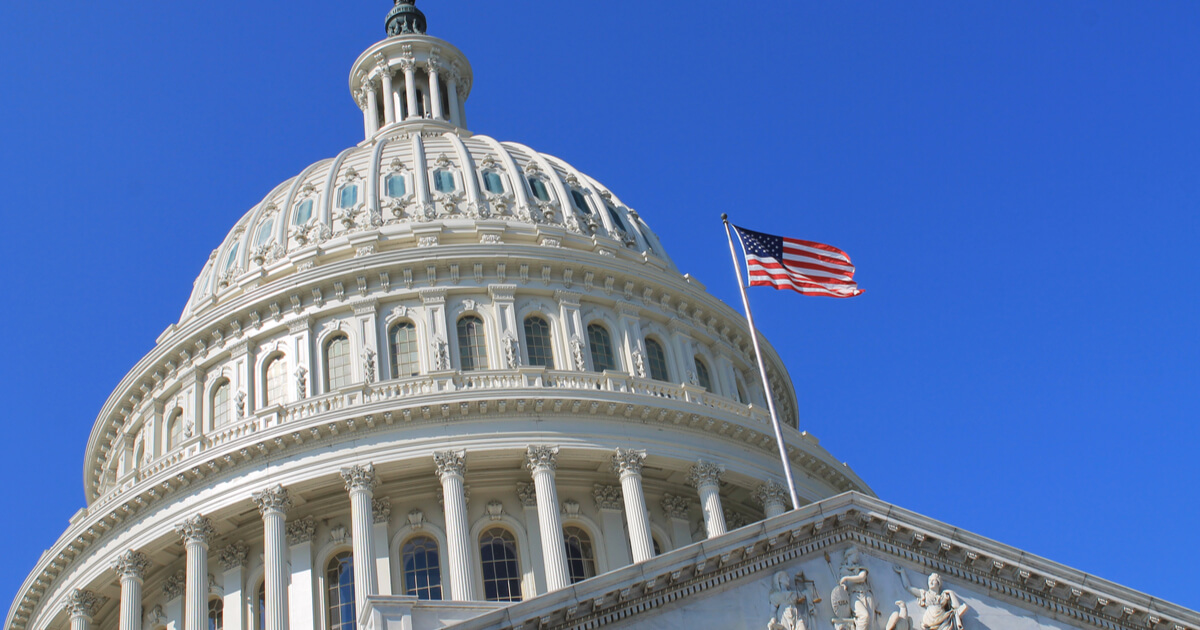
The White House waded into the freight railroad labor dispute after 99 percent of the Brotherhood of Locomotive Engineers and Trainmen voted to go out on strike, a move that would disrupt America’s supply chains again.
An executive order to create a Presidential Emergency Board to investigate and monitor the union-management dispute came just days before more than 115,000 railroad workers could have walked off the job on July 18. The three-person board does not necessarily have the authority to resolve contentious contract impediments, but its formation forces a 30-day pause, at least in theory.
“The administration is watching as closely as it can be watched without being a point of interference, which would not be appropriate,” Port and Supply Chain Envoy Stephen Lyons reportedly said. “Negotiations are at a place where you’d think the negotiation should be at this particular point.”
Railroad workers do not necessarily agree with Lyons’ assessment of the situation. Union representatives have been negotiating since January 2020. Freight train drivers move upwards of 20 billion tons of goods and materials across the U.S. annually. Workers indicated they hadn’t received a raise in three years, despite inflation spiking to a 40-year-high of 9.1 percent in June.
“These are the employees that worked every day during a pandemic and helped these folks make record profits,” union president Dennis Pierce reportedly said. “To go three years without a raise when inflation is running at 8 to 10 percent right now, and then force them to work more, because you can’t hire. The employees are angry. It’s a level of frustration amongst the workforce unlike any I have seen in the 45 years I’ve worked at the railroad.”
Workers have also gone on the record saying that railroad officials place untenable expectations on them. Some are forced on-call 24/7 and getting time off for family emergencies and gatherings such as funerals is met with resistance. Railroad workers paint a bleak job description and dysfunctional relationship that was headed for a separation until Pres Biden’s executive order muddied the water. The stressful conditions advanced by railroad workers are supported by government data that shows railroad fatalities climbed by 60 percent per 100,000 miles from 2017 to 2020.
“The company keeps making working conditions worse,” one Union Pacific conductor in the Midwest reportedly said, on condition of anonymity. “They’re making billions per quarter and they’re only paying those dividends out to shareholders when it’s the workers who are moving freight and making sure this country keeps the supply chain moving.”
Failure to give workers salary increases and poor working conditions have become something of a self-inflicted wound for freight hauling rail operations. The workforce continues to decline and that, in turn, results in bosses asking too much of blue-collar community members.
Should railroad unions abide by the White House executive order, the country can expect to hold its supply chain breath for the next 30 days. And with West Coast dockworkers and longshoremen embroiled in union contract negotiations as well, the country remains in a dangerous position.
Sources:
https://www.nbcnews.com/business/rail-strike-why-freight-workers-are-angry-rcna37190
https://ajot.com/news/white-house-wonat-yet-step-into-rail-port-talks-as-clock-ticks
https://www.ttnews.com/articles/ata-praises-bidens-executive-order-during-rail-negotiations
https://www.newsobserver.com/news/business/article263518238.html
https://www.ttnews.com/articles/port-envoy-lyons-faces-logistics-labor-challenges











Leave a Comment